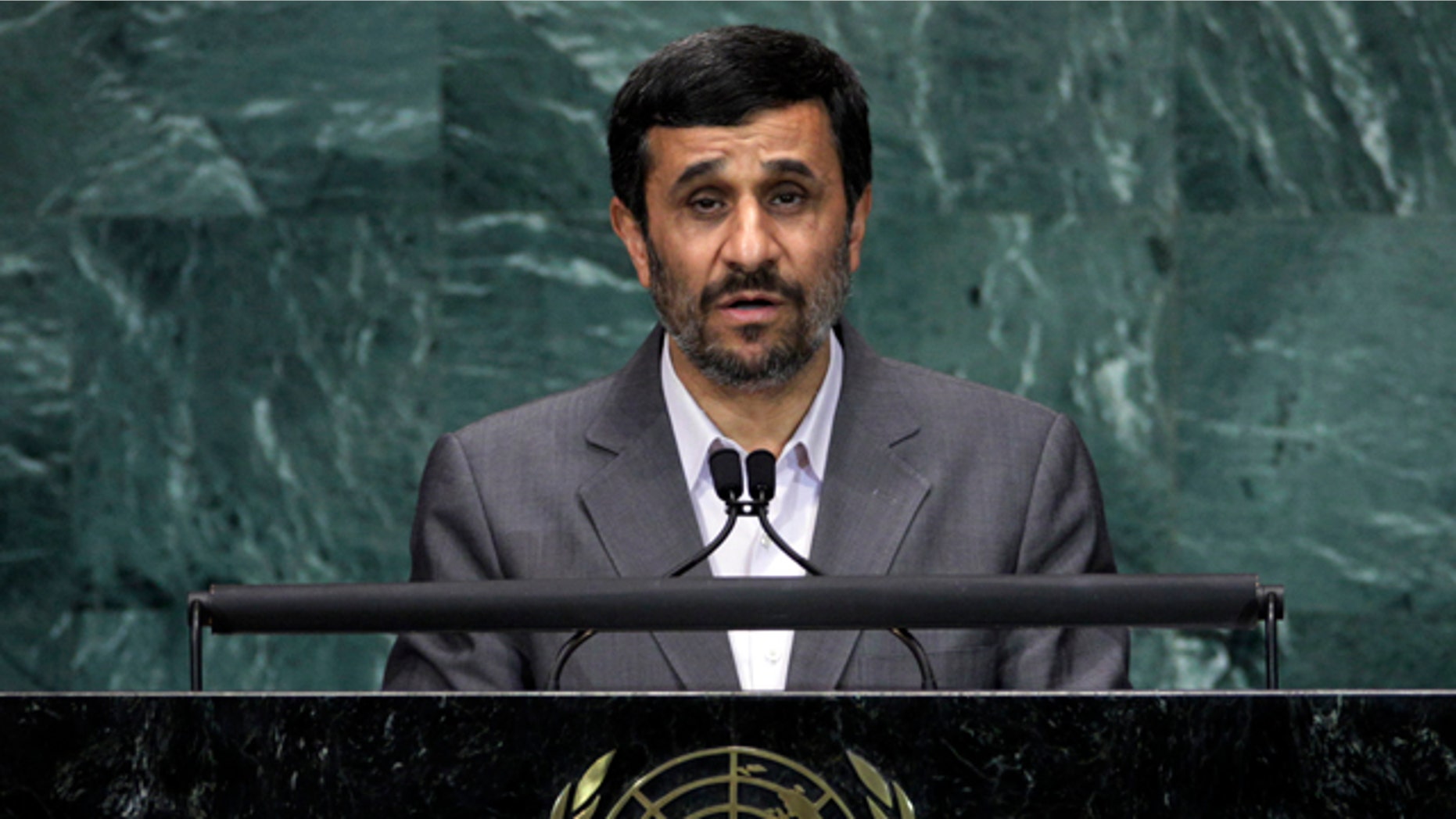Unpacking The Death Of Iran's President Ebrahim Raisi
Table of Contents
- The Tragic End of a Presidency: Details of the Crash
- Ebrahim Raisi: A Profile of the Late Iranian President
- Personal Data and Key Milestones
- A Nation Divided: Reactions to the President's Death
- The Immediate Aftermath and Constitutional Succession
- Geopolitical Implications: Navigating a Turbulent Era
- International Responses and Condolences
- Beyond the Crash: Speculations and the Path Forward
- The Role of the Supreme Leader in Iran's Future
- Looking Ahead: Iran's Political Landscape Post-Raisi
- Why This Matters: Understanding Iran's Internal Dynamics
The Tragic End of a Presidency: Details of the Crash
The fateful incident that led to the death of Iranian President Ebrahim Raisi occurred on Sunday, May 19, 2024. The helicopter, which was carrying President Raisi, Foreign Minister Hossein Amirabdollahian, and other officials, crashed in a mountainous and forested area of the country. Initial reports indicated that the crash happened in poor weather conditions, making the search and rescue operations incredibly challenging. The wreckage was eventually located, confirming the tragic loss of all on board. Among the nine passengers initially reported, including two bodyguards, none survived. Following the confirmation of the crash, Iran’s chief of staff of the armed forces, Mohammad Bagheri, promptly ordered an investigation into the incident. This move underscores the seriousness with which the Iranian authorities are approaching the circumstances surrounding the death of their president. The mountainous terrain and adverse weather conditions are widely cited as primary factors, yet a thorough investigation is crucial to ascertain all contributing elements and provide clarity to the nation and the international community. The news of the crash and the subsequent confirmation of the death of Iran’s president sent shockwaves, not just within Iran, but across the globe, as leaders and citizens alike processed the sudden turn of events.Ebrahim Raisi: A Profile of the Late Iranian President
Ebrahim Raisi, born in Mashhad in 1960, rose through the ranks of Iran's judiciary system before becoming president. His career was marked by a steadfast adherence to conservative principles and a reputation for strict enforcement of laws. He served in various capacities, including prosecutor general and head of the judiciary, where he gained notoriety for his role in the mass executions of political prisoners in the 1980s. This history would later define much of his public image, both domestically and internationally. Raisi came to power in 2021, winning a presidential election that saw a historically low voter turnout and the disqualification of many reformist and moderate candidates. His presidency was characterized by a hardline approach to both domestic policy and foreign relations. He was widely considered an unpopular leader by a significant segment of the Iranian population, particularly those who advocated for greater social freedoms and economic reforms. During his tenure, he oversaw brutal crackdowns on political opposition and widespread protests, most notably the "Woman, Life, Freedom" movement that erupted in late 2022. His administration also navigated a deepening conflict with Israel, contributing to a period of heightened regional tension. Raisi was also seen by many as a potential successor to Supreme Leader Ayatollah Ali Khamenei, a prospect that now remains uncertain following his death. His last known significant international engagement was a meeting in Moscow, Russia, on December 7, 2023, highlighting Iran's strategic ties with Russia. The sudden death of Iran’s president, Ebrahim Raisi, leaves a significant void in the country's political leadership.Personal Data and Key Milestones
| Category | Details SSS
Iran Leader Faces Test After Ally’s Death - WSJ

Helicopter crash that killed Iran’s president was caused by climatic

Iranian president accuses Western media of double standard in death